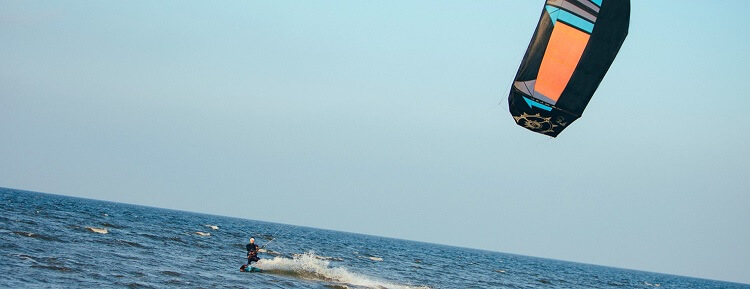
We have collected a lot of useful information about Kitesurfing Spiders. The links below you will find everything there is to know about Kitesurfing Spiders on the Internet. Also on our site you will find a lot of other information about kitesurfing, wakeboarding, SUP and the like.
Spider Identification Chart - Venomous or Dangerous?
- https://termite.com/spider-identification.html
- Grass spiders construct a large sheet web with a funnel they use as a retreat. These webs are commonly built on the ground, around steps, window wells, foundations, and low shrubs. Habitat - These spiders are often called grass spiders because they construct their webs in tall grass, heavy ground cover and the branches of thick shrubs.
Kite-surfing spider – Saugerties Lighthouse
- https://www.saugertieslighthouse.com/keepers-logbook/kite-surfing-spider/
- While kayaking on the lower Esopus Creek, I noticed a tiny creature skating across the surface of the water. At first, I thought it was a water bug.
Spider Types and Identification Guide Owlcation
- https://owlcation.com/stem/spider-identification
- Nov 03, 2019 · Spiders don't even have any leg muscles to speak of. It took scientists a long time to figure it out, but here's how they do it: When a jumping spider decides to jump, it creates a sudden change in its blood pressure (actually haemolymph pressure, but it's basically the same thing). It uses strong muscles in its upper body to suddenly force ...
10 Biggest Spiders in the World - ThoughtCo
- https://www.thoughtco.com/biggest-spiders-in-the-world-4172117
- Jul 10, 2019 · The largest spiders can eat small birds, lizards, frogs, and fish. Giant spiders tend not to be aggressive, but they will bite to defend themselves or their egg sacs. Most large spiders are relatively nonvenomous. There are exceptions. Male spiders have specialized appendages called setae used to produce sounds for defense and sexual communication.
Spiders, facts and information - Animals
- https://www.nationalgeographic.com/animals/invertebrates/group/spiders/
- Spiders are arachnids, a class of arthropods that also includes scorpions, mites, and ticks. There are more than 45,000 known species of spiders, found in habitats all over the world.
Urban Spider Chart Entomology
- https://entomology.ca.uky.edu/spider-chart
- Wolf Spiders. Size: Wolf spiders range in size from tiny (the size of a pencil eraser) to about the size of a U.S. silver dollar, with legs outstretched Color: There are many species of wolf spiders in Kentucky, but most are dark or light brown, usually with contrasting spots or stripes. Features: Wolf spiders are fast-moving and they are typically seen running on the ground.
The 7 Most Common Types of House Spiders
- https://www.thespruce.com/common-house-spiders-2656509
- North America is home to about 3,400 species of spiders. Spiders are arachnids, and they’re related to scorpions, mites, and ticks. Unfortunately, spiders can and do make their way into our homes. Thankfully, the most common types of house spiders are harmless to humans, but there are exceptions.
Search Types of Spiders - Spider ID
- https://spiderid.com/spiders/
- Search Types of Spiders. Instantaneous filtering and sorting of the 566 covered spider species at your fingertips. Spider Search allows you to narrow down a spider's species by both unique identifying traits, and primary colors.
We hope you found Kitesurfing Spiders info you were searching for.
Kiteboarding is a wonderful sport and a fun pastime. Find all the information you need on our website and get started!